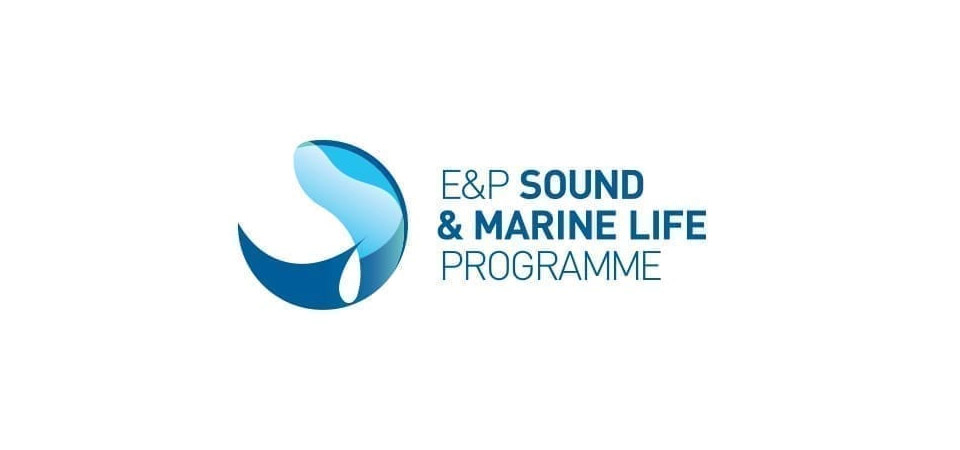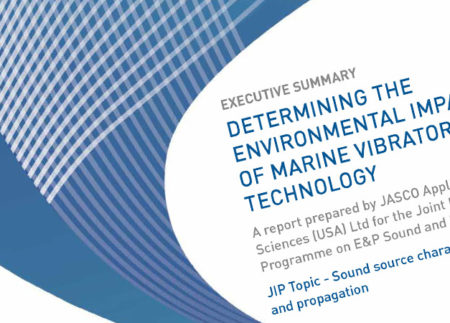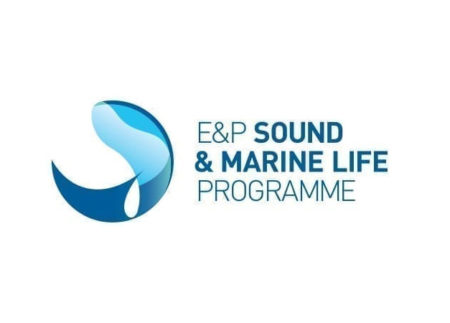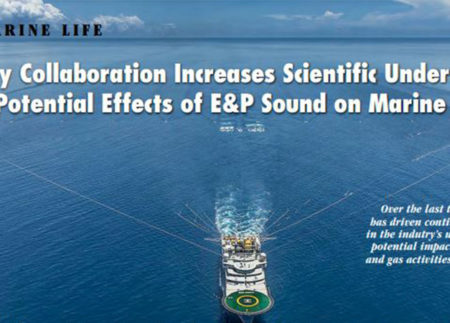World’s Premier Scientists Gather for Joint Industry Sound and Marine Life 3rd Academic Research Programme Review Meeting
Nearly $60M USD invested to academic research oil and gas activities’ interaction with marine life
The Hague, The Netherlands – 14 September 2018 – The Exploration and Production Sound & Marine Life Joint Industry Programme (JIP) held its third Programme Review Meeting 9-14 September 2018 at the Carlton Beach Hotel in The Hague, Netherlands. The meeting featured more than 20 presentations from top researchers on how oil and gas exploration and production sound interacts with marine life. The presentations focused on marine life behavioural response, physical and physiological response, monitoring and mitigation tools, and sound source characterisation and propagation.
The 3rd Programme Review Meeting of the E&P Sound and Marine Life Joint Industry Programme met in combination with the 6th International Meeting on the Effects of Sound on Marine Mammals (ESOMM). The by-invitation-only meeting hosted more than 180 attendees.
Increased understanding of the effect of sound generated by oil and natural gas exploration and production (E&P) activity on marine life helps governments make regulatory decisions based on sound science and the industry develop effective mitigation strategies for any potential impacts.
While the sea is filled with a wide variety of natural and man-made sound, there has been a particular interest in E&P sound generated by seismic surveys. Seismic surveys are widely used in oil and natural gas exploration and are absolutely vital to the industry. Used around the world for more than five decades, seismic survey data produce maps or models that indicate the earth’s geography, stratigraphy, rock distribution and geological structure delineation. Interpretation of that seismic survey data allows exploration teams understand the geology beneath the ocean floor and are part of a suite of tools that helps define whether an area is prospective for oil and gas and if there are locations that merit drilling. As such, seismic surveys help to define the number of wells that may be need to be drilled and thus reduce the potential impact on the environment.
Since its inception in 2005, the JIP has invested more than $60M USD to fund more than 100 research studies on E&P sound in the categories of: sound source characterisation & propagation, physical & physiological effects and hearing, behavioural reactions & biological significance, mitigation & monitoring, and research tools. The JIP-funded independent research has been featured in more than 120 peerreviewed publications.
The JIP’s research is designed to support planning of E&P projects and risk assessments, provide the basis for appropriate operational measures that are protective of marine life, and inform policy and regulatory development.



